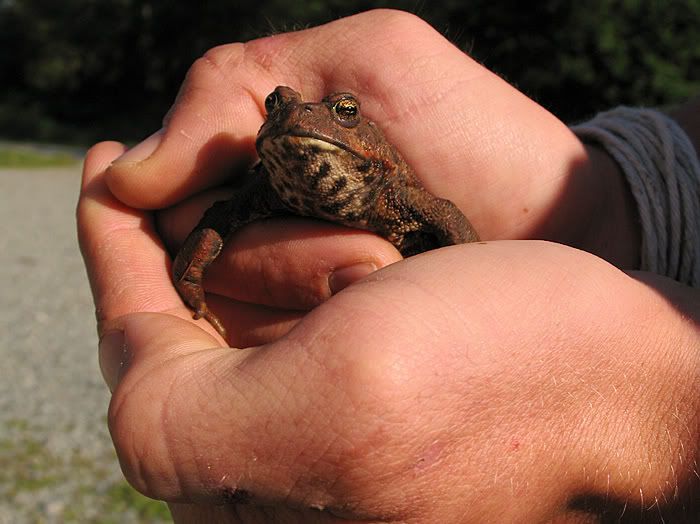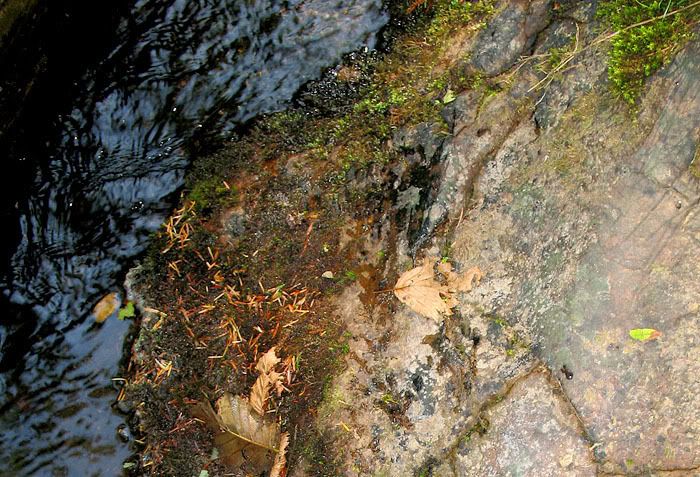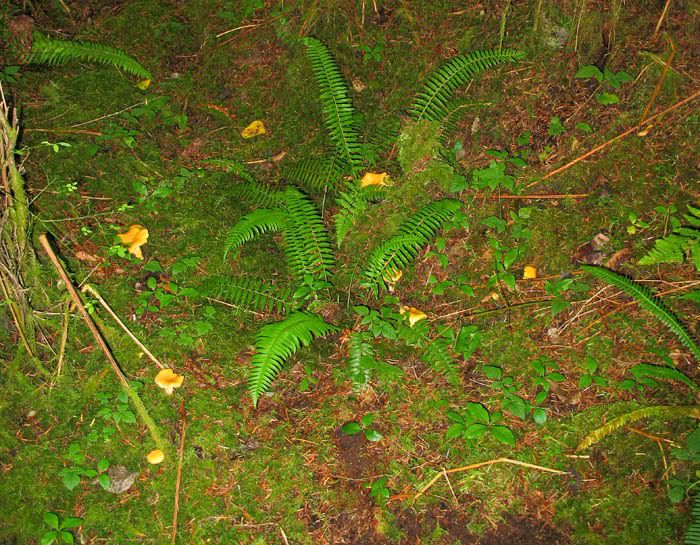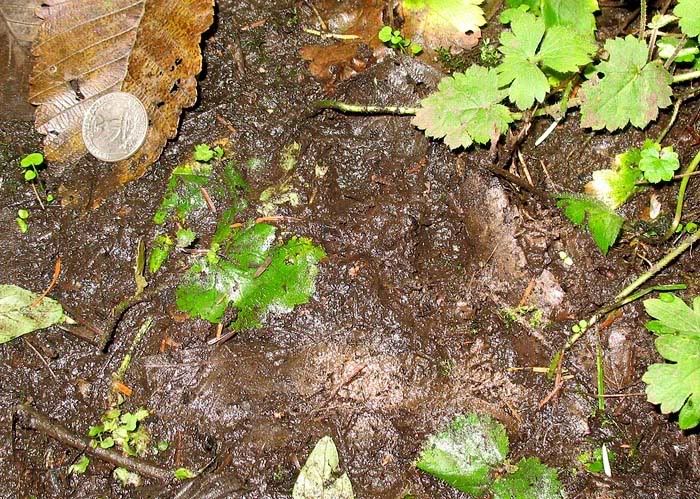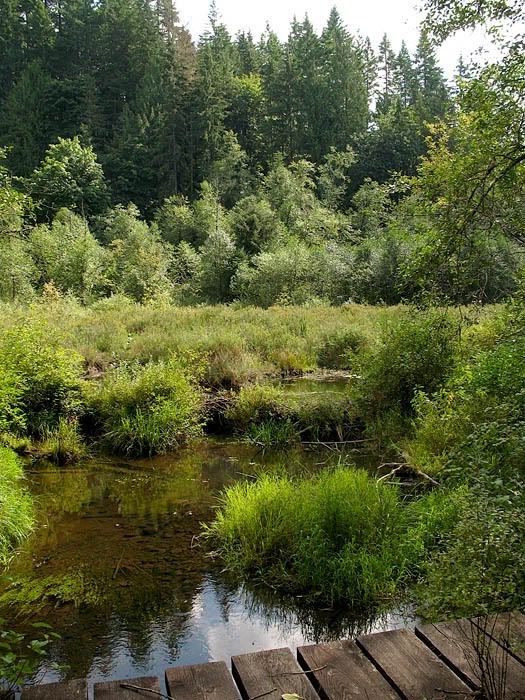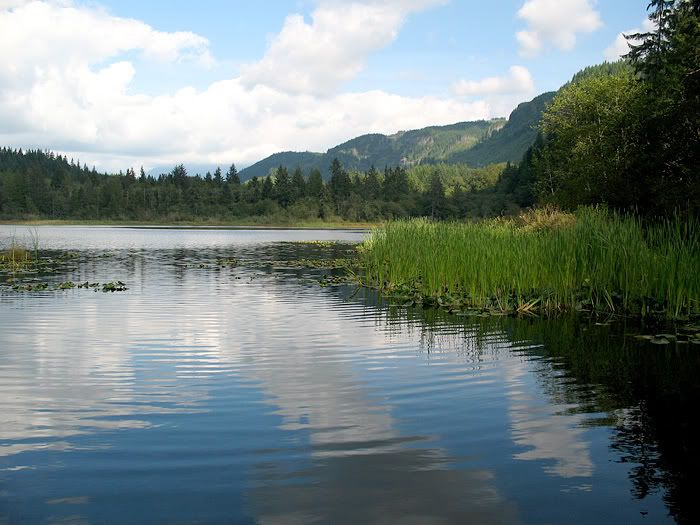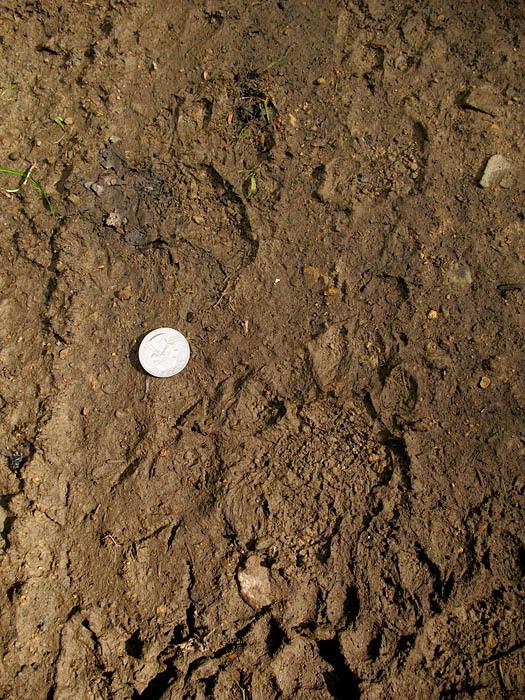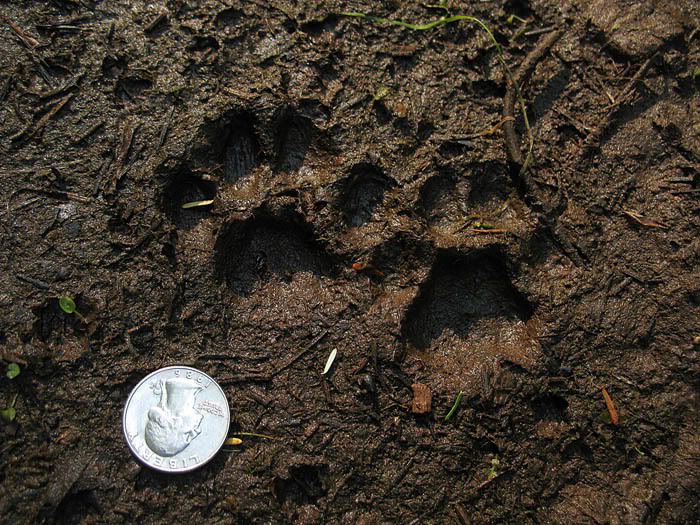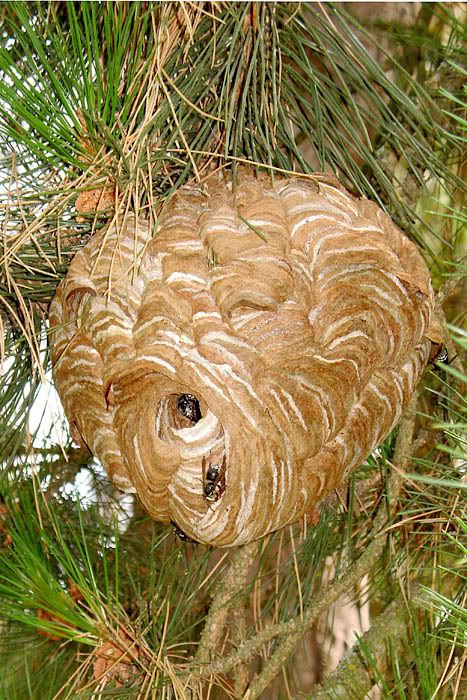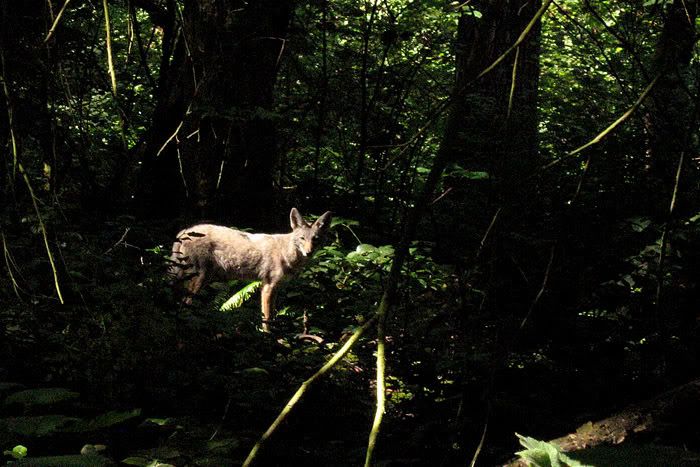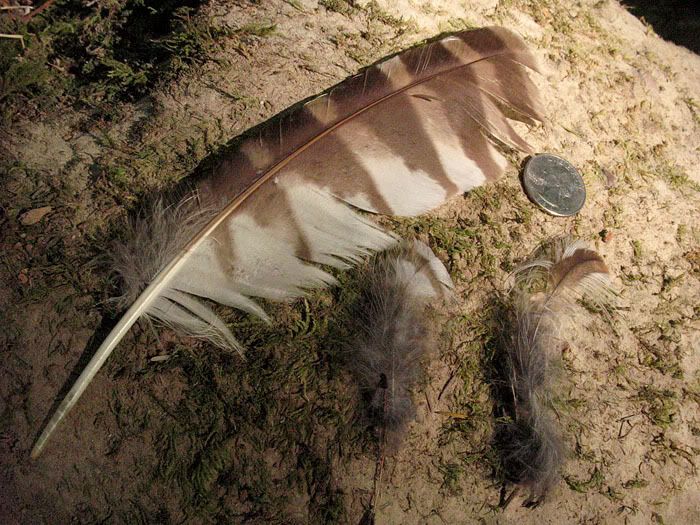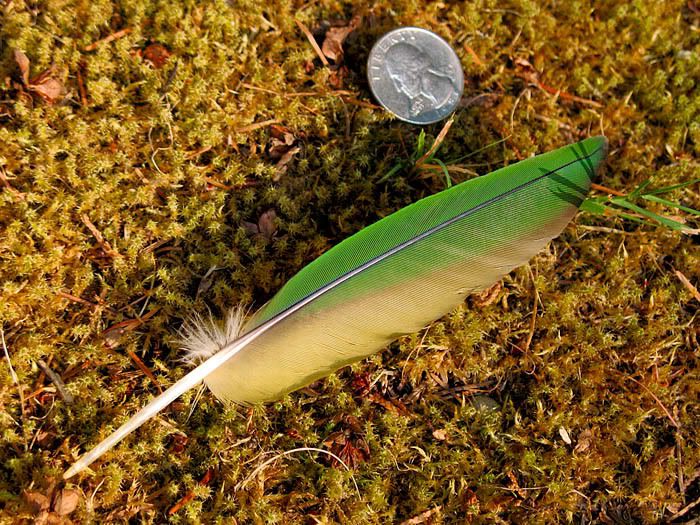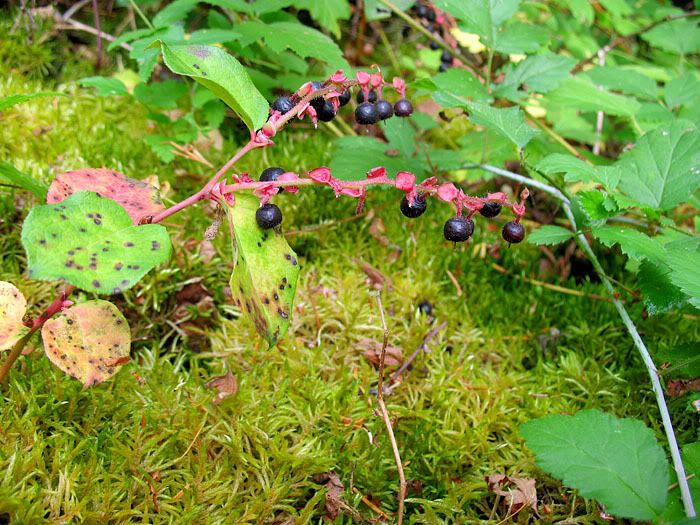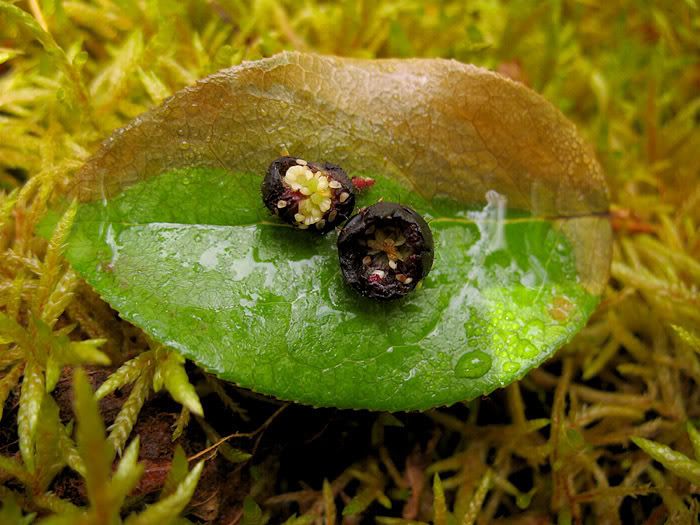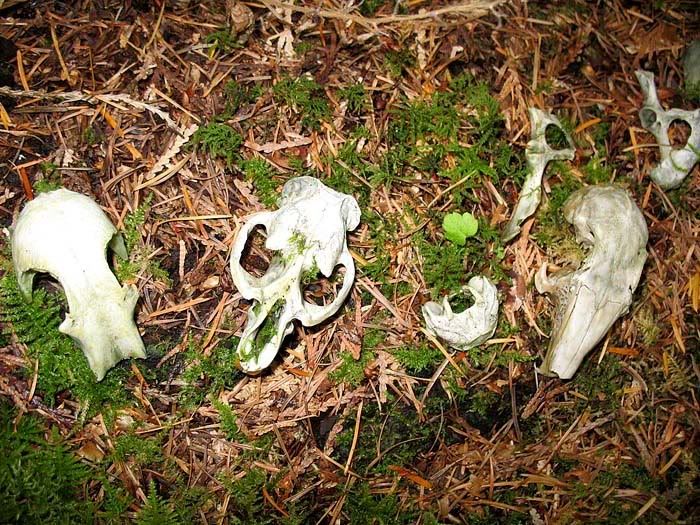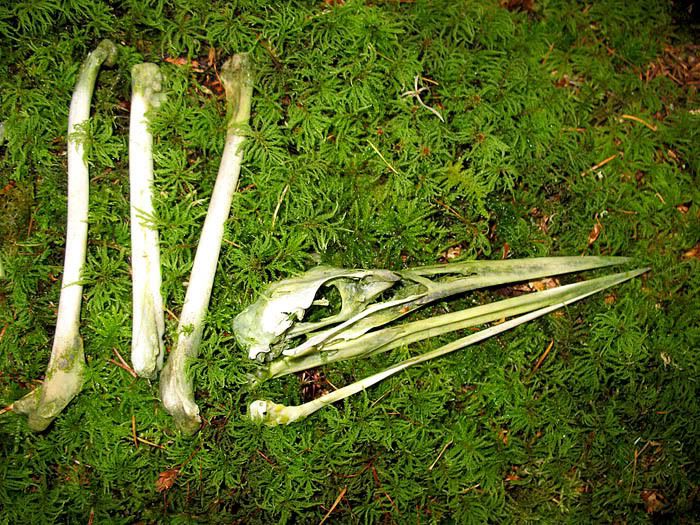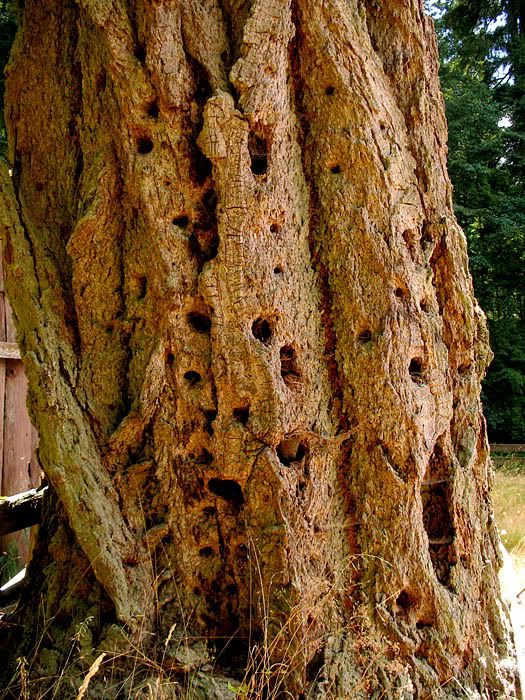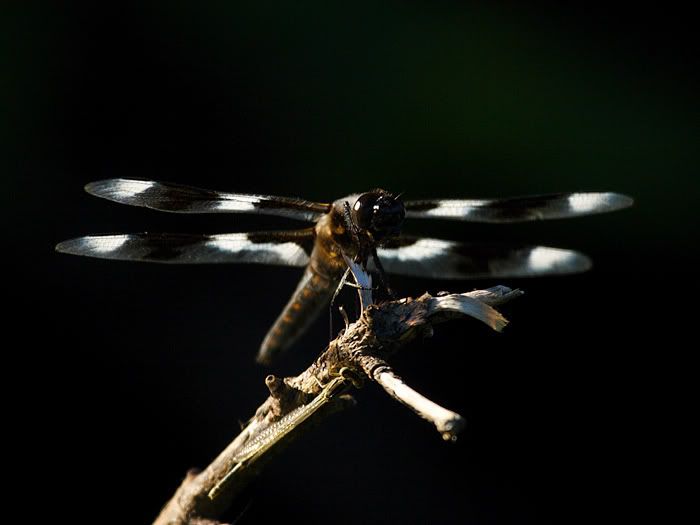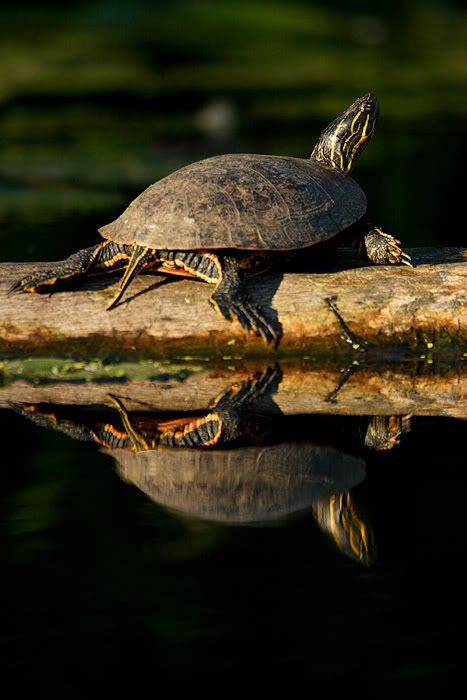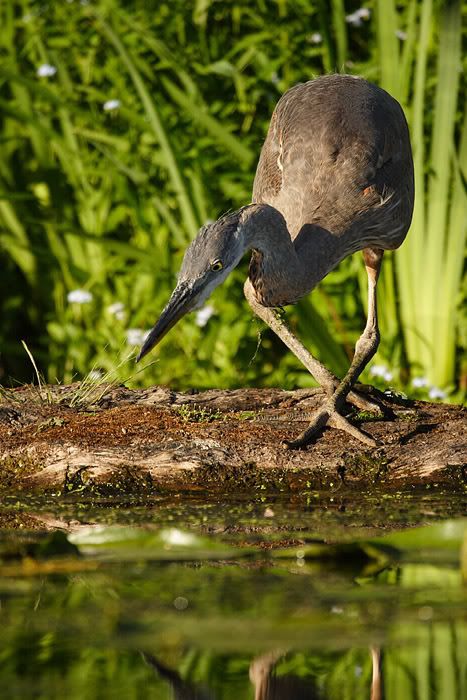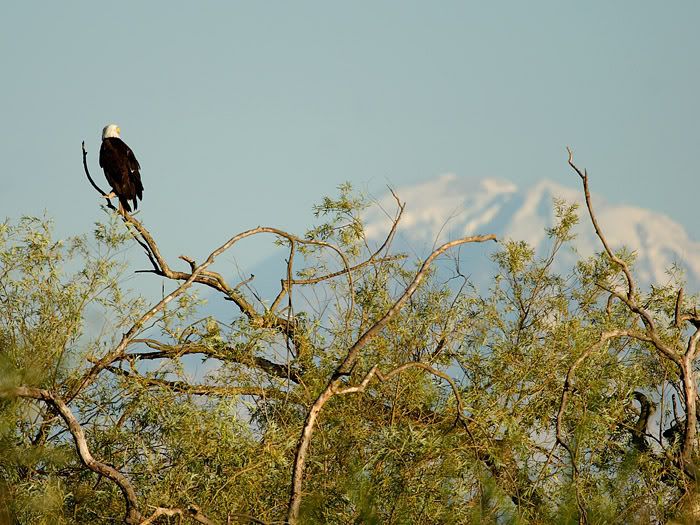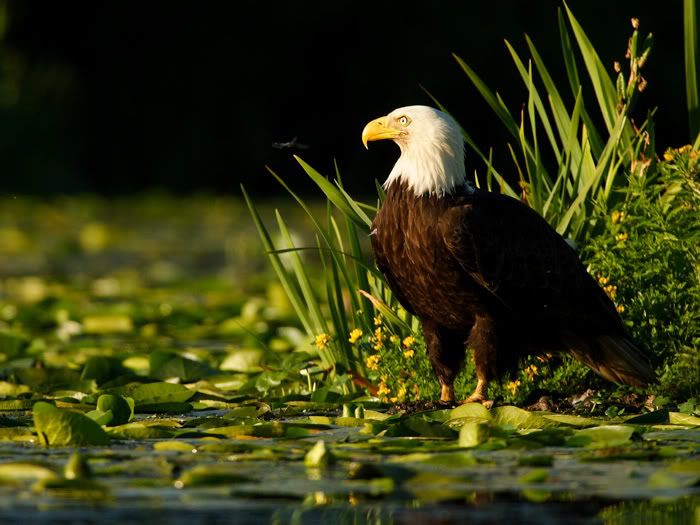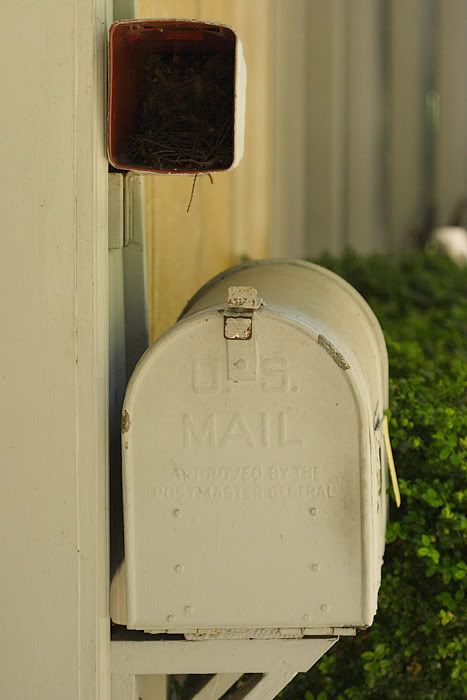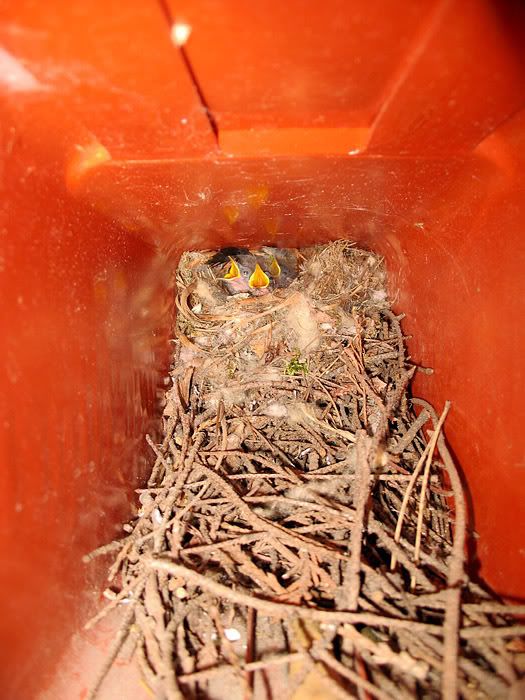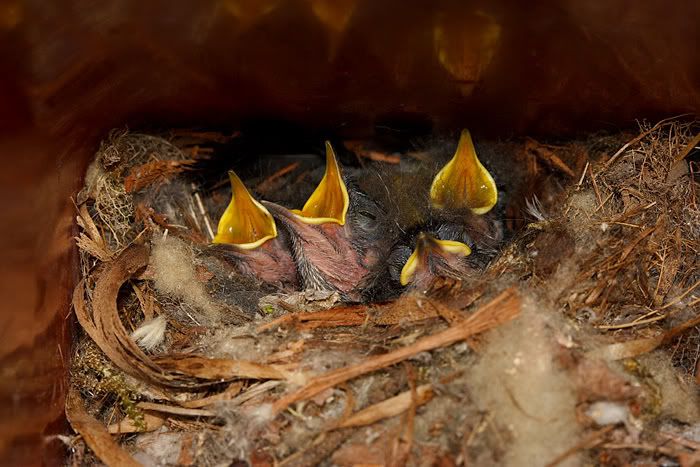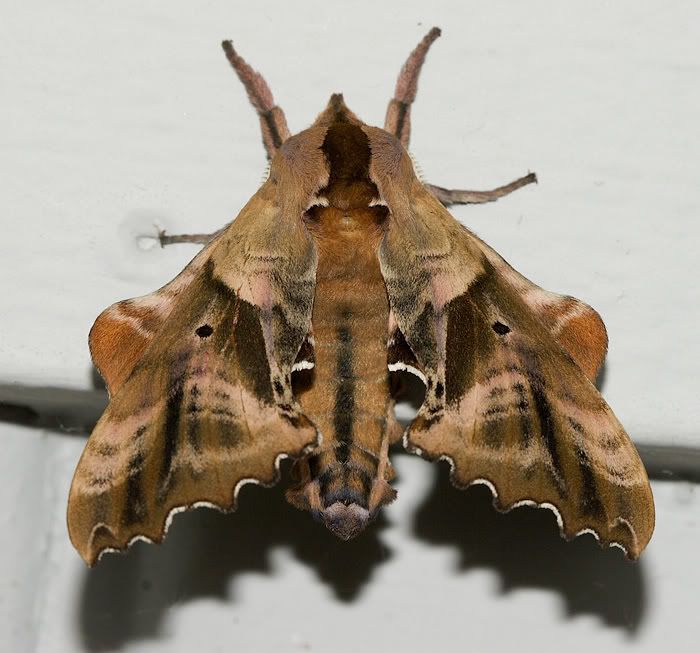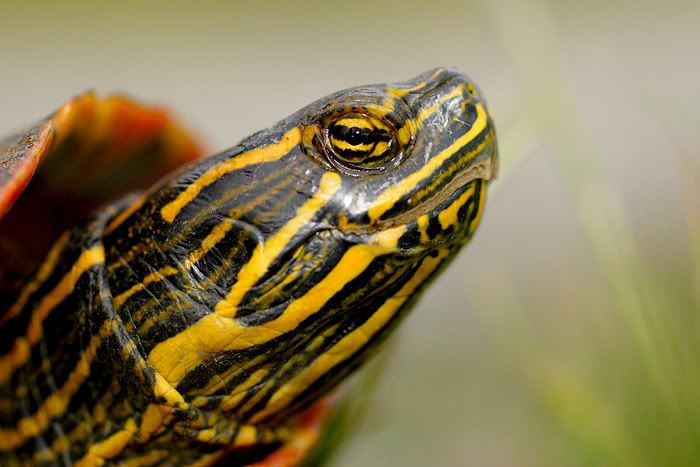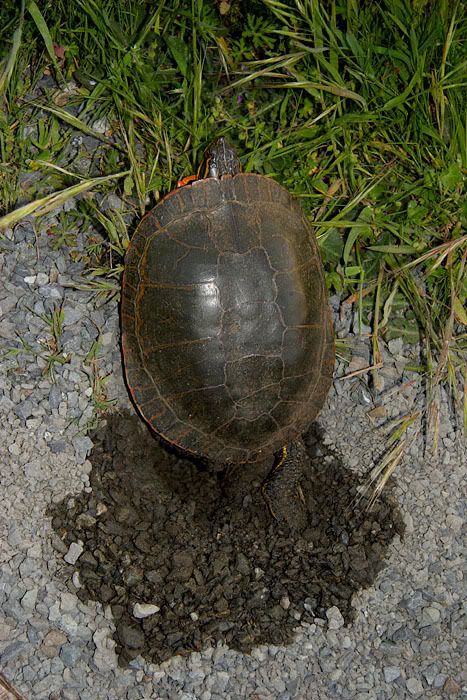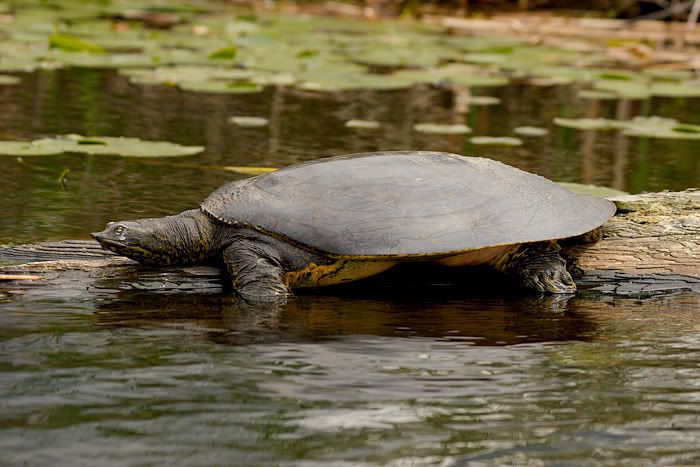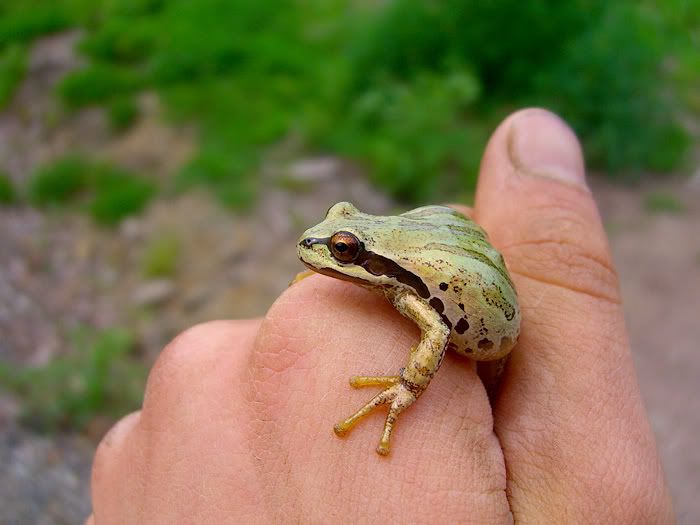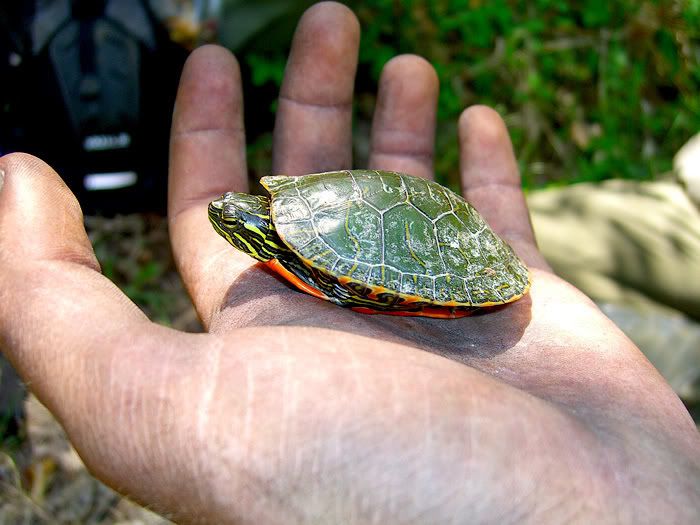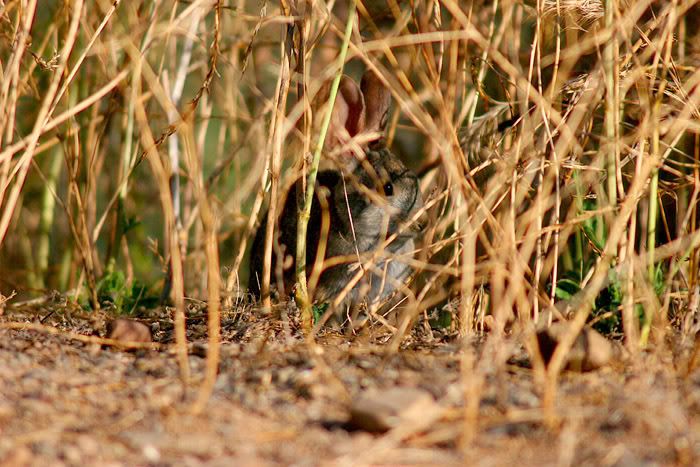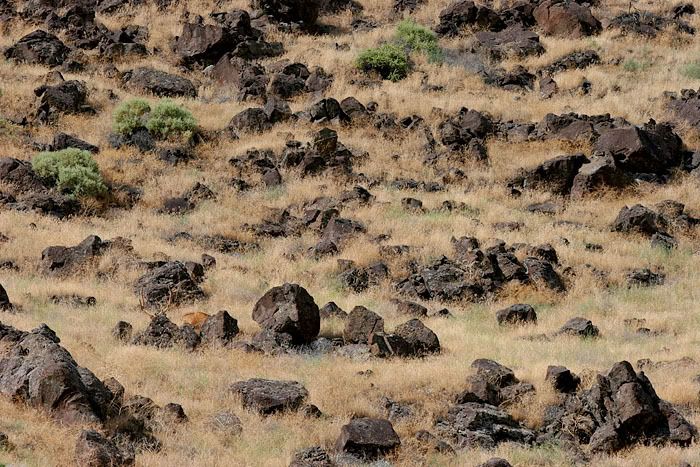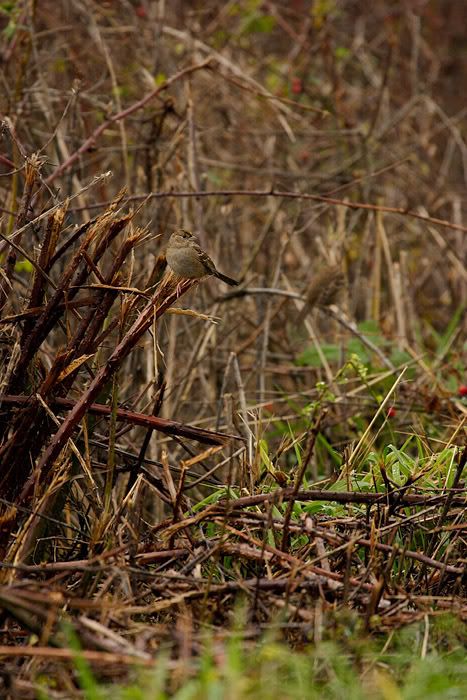A definition...
Invasive species:
any species, including its seeds, eggs, spores, or other biological material capable of propagating that species, that is not native to that ecosystem; and whose introduction does or is likely to cause economic or environmental harm or harm to human health.
This definition was taken from the website called invasive.org.
 |
| From Urban Wildlife |
Some fundamental problems exist in the way we look at invasive species. First of all, practically all introductions of invasive species have been a direct cause of human beings, their machines and often, their livestock. A vast majority of these species establish themselves in areas that have been significantly disturbed by human activities. Here in the PNW region, the invasive species you hear about most such as Scotch broom, Himalayan blackberry, Japanese knotweed and so on, are found in the urban, suburban, and suburban fringe areas ( that includes the roadsides along highways, freeways and major thoroughfares in less populated or unpopulated areas).
These species are cut, burned, poisoned, and ripped out and so forth in order to "preserve the natural integrity of the local environment." The problem is, that integrity has been compromised for a long time. The problem is not the new species, but its the one species that we don't want to face up to. That species, is us.
I had the pleasure of getting to study one particular invasive species - the nutria (Myocastor coypus) - in the Union Bay Natural Area (also known as Montlake Fill) of Seattle. This environment is perhaps typical of many urban parks and green spaces in that it was full of a variety of non-native and invasive species. The nutria - hairy semi-aquatic rodents originally from Argentina which grow to a little larger than a big house cat, with round, rat like tails - have rather notorious reputation in the southeast United States for their habit of digging extensively into the sides of dikes and earthen dams. This is hardly a problem in Seattle, but despite this the local press took the opportunity to sensationalize it. After reading some of the stuff that was printed you might be left convinced that nutria were a like some swamp beast that would attack your children, eat your pets or a hairy version of Godzilla that would soon go rampaging through Seattle.
 |
| From Urban Wildlife |
During the study, the number of nutria was considerable and noticeable even to the people who might be largely unaware. Though, we saw a significant drop in numbers when the water level of Lake Washington fluctuated and flooded out the waterside burrow systems of the nutria in the UBNA. The nutria fed largely on fragrant water lily, yellow iris and even canary-reed grass (all 3 are invasives). In our observations they were very peaceable creatures, often feeding side-by-side with the local native muskrats and beavers.
Seattle is currently implementing a seek and destroy practice towards nutria. Not for anything that nutria have done so far, but rather what they "might" do. So, could nutria cause major changes in the local wetlands around Seattle? Sure. But, is killing them and all the other invasive species in the PNW going to solve the problem?
I would answer that with a big, fat NO.
The major problem of invasive species management is it is fundamentally based on the shift away from managing the species most responsible for disturbance on this planet, humans.
It is frightening to consider the effects we have on this planet, and yet even more so, it is frightening to observe the level of denial within the minds of western people towards their responsibility to this planet and themselves. The sight of this denial among scientists has often left me feeling rather disgusted.
How strange that we turn to attacking invasive species as a method of environmental improvement, when we continue to cause more disturbance and devastation in our cultural wake everyday; creating more room for non-native and invasive species to colonize. How strange that the way in which we justify our Wars with other countries is so similar to the way we justify attacking the organisms around us. Is not "invasive species" another label for "the enemy," allowing us to detach ourselves from our sense of responsibility to fellow beings?
Our environmental problems run much deeper than invasive species, even though scientists say that invasive species are one of the leading causes of extinctions around the world. We can no longer afford to blame the species that move in (so often with our assistance) into the once pristine areas we have disturbed or devastated, and feel content with ourselves.
We are the caretakers of this planet. We have to own up to that responsibility.
Okay... I am climbing off my soapbox now.
